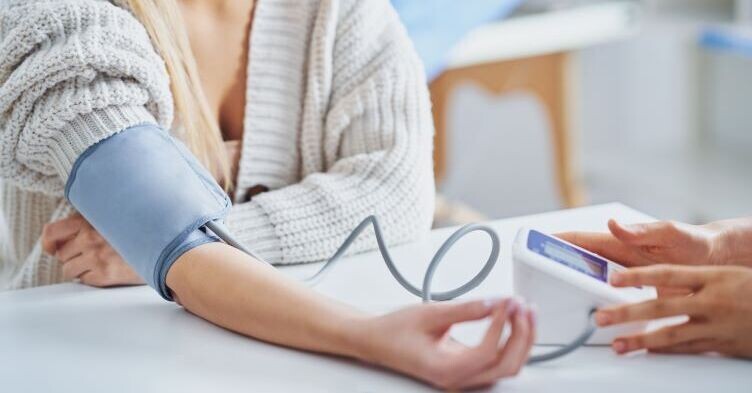Diabetes type 1 technology gets green light from NICE and NHS

The NHS in England and Wales has agreed to develop plans to make hybrid closed-loop technology available for eligible people with type 1 diabetes.
The news follows the publishing of National Institute of Health Care and Excellence (NICE) recommendations for the technology’s use – a development welcomed as a ‘landmark’ by charity Diabetes UK.
NICE has recommended the use of hybrid closed-loop technology for adults living with type 1 diabetes who have an HbA1c of 58 mmol/mol (7.5%) or higher, or have disabling hypoglycaemia, despite best possible management, with at least one of the following:
- Continuous subcutaneous insulin infusion (CSII) (ie, an insulin pump)
- Real-time continuous glucose monitoring (CGM)
- Intermittently scanned continuous glucose monitoring (Flash).
Hybrid closed-loop has also been recommended by NICE for children and young people (under 18 years old) living with type 1 diabetes, and people living with type 1 diabetes who are pregnant or planning to become pregnant.
Related Article: Diagnosis Connect service will link people to advice from charities
Sometimes known as an ‘artificial pancreas’, hybrid closed-loop systems work by linking insulin pumps and continuous glucose monitors (CGM).
The systems interact and a computer algorithm calculates the amount of insulin needed based on blood sugar readings. This allows the pump to automatically give accurate and timely doses.
However, manual input is still needed to alert the system when eating or doing exercise.
Professor Partha Kar, national specialty adviser for diabetes at NHS England (NHSE), welcomed the NICE recommendation as ‘amazing news’ for people living with type 1 diabetes.
He said: ‘This tech might sound sci-fi like, but it will have a dramatic impact on the quality of people’s lives, not to mention outcomes.’
Professor Kar added that the technology is ‘as close to the holy grail of a fully automated system as science can provide at the moment’.
The final appraisal by NICE follows draft recommendations shared in January.
Related Article: CVD prevention must be national health priority, says report
The new guidance goes further than the previous draft, however, as it includes advice to offer the technology to all children and young people, a reduction in the HbA1c criteria, and more flexibility in providing the skills people need to use the technology.
Although the guidance applies to England and Wales, it can also be formally adopted in Northern Ireland, with work underway to start that process, according to Diabetes UK.
Scotland already has guidance for hybrid closed-loop systems and will continue to implement this, the charity said.
According to Diabetes UK, the NHS in England and Wales will develop its plans to make the technology available in a ‘phased programme’ over a period of five years.
The charity also said that NHSE is developing a national strategy to guide the rollout, and it expects further details on funding to be available under the guidance.
Related Article: Postnatal contraception advice reduces the risk of back-to-back pregnancies
Colette Marshall, chief executive of Diabetes UK, said: ‘We’re excited to welcome these recommendations, which broaden access to the technology for key groups including children and young people.
‘However, funding to roll out this technology to the people that need it is of paramount importance and we reiterate the campaign call we have made for the government and the NHS to agree to this.’

See how our symptom tool can help you make better sense of patient presentations
Click here to search a symptom




